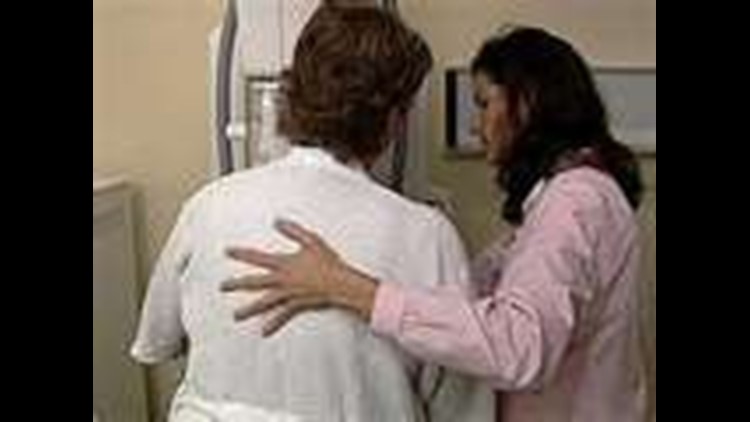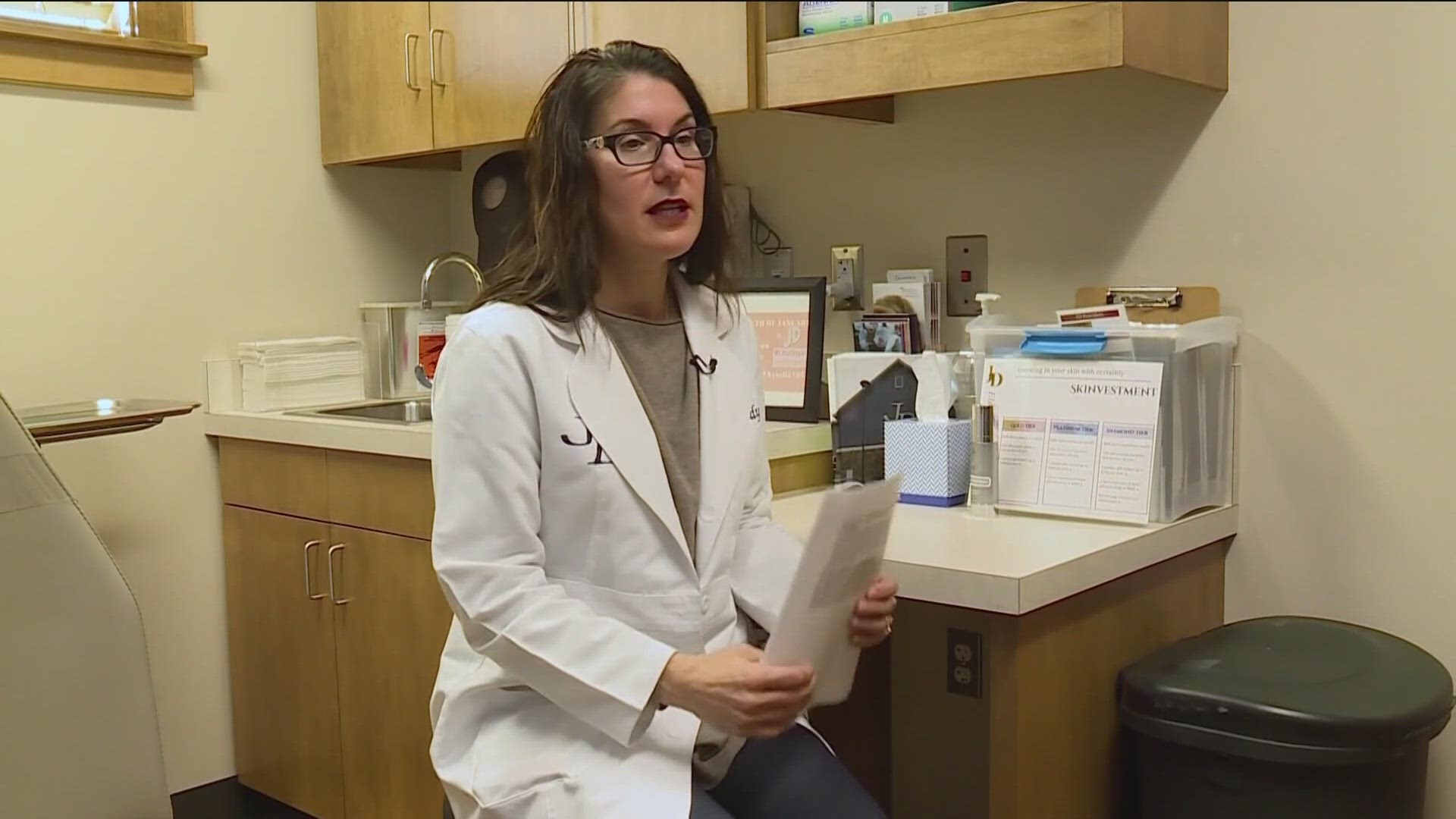(CNN) — When to get a mammogram screening? Recommendations over the past few years have been varied depending on which medical organization you look at. Now two new studies suggest that women who are at increased risk for breast cancer will benefit from mammogram screenings every other year starting at age 40.
In 2009, the United States Preventative Services Task Force (USPSTF) recommended that women ages 50 to 74 get routine mammogram screenings every two years. The USPSTF recommended “against routine screening mammography in women aged 40 to 49 years,” after reviewing existing research and looking at the evidence of the benefits and harms from younger women getting these breast exams on a routine basis. The USPSTF reasoned that the “additional benefit gained by starting screening at age 40 years rather than at age 50 years is small, and that moderate harms from screening remain at any age,”which led to their recommendation.
Women ages 40 to 49 were advised to weigh risk factors, screening benefits and harms based upon personal information, according to the task force.
Despite the USPSTF recommendation, many medical organizations, including the American Cancer Society, the American College of Gynecologists, and the Radiological Society of North America, have continued to or changed their guidelines to recommend that women have annual mammograms beginning at age 40.
The two studies published Monday in the Annals of Internal Medicine lay out the risks and benefits for earlier screenings, including how often they should take place. One study finds that screening women in their 40’s who face twice the risk for breast cancer has the same benefits as screening normal risk women aged 50 to 74. A second study compared annual and biennial screenings for women ages 40 to 49, who face twice the risk for breast cancer, recommending two-year intervals for screenings.
“Although mammography is clearly a life-saving technology that should be used, many overestimate its role in the decrease in breast cancer death rates,” wrote Dr. Otis Brawley, CNNhealth.com contributor and Chief Medical and Scientific Officer of the American Cancer Society. In an editorial, Brawley wrote, “mammography, like every screening test, has a potential for harm, and one must carefully weigh the harm-benefit ration for a specific woman or a specific population of women (such as those aged 40 to 49 years) before advising use of the test.”
Brawley explained that the benefits of mammogram screenings include decreased death rates in the U.S., especially among younger women. But he also noted the potential downsides of mammograms, including false positive tests, false positive biopsies, false negative tests, and radiation exposure.
The findings of these two studies will add to the body of knowledge about risk and benefits of annual versus biennial mammograms, and will allow doctors to make more accurate and personalized screening recommendations for women, based upon their individual risk factors.



